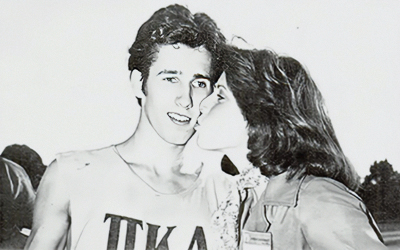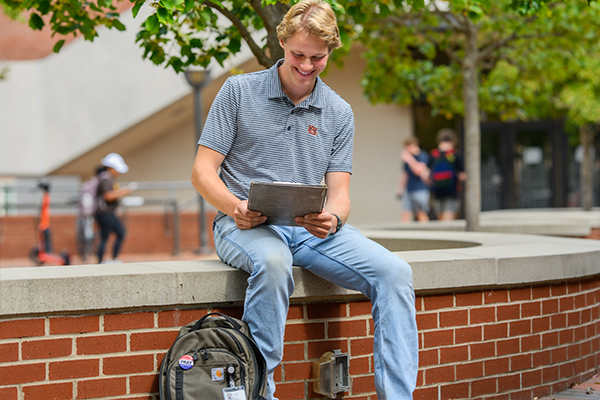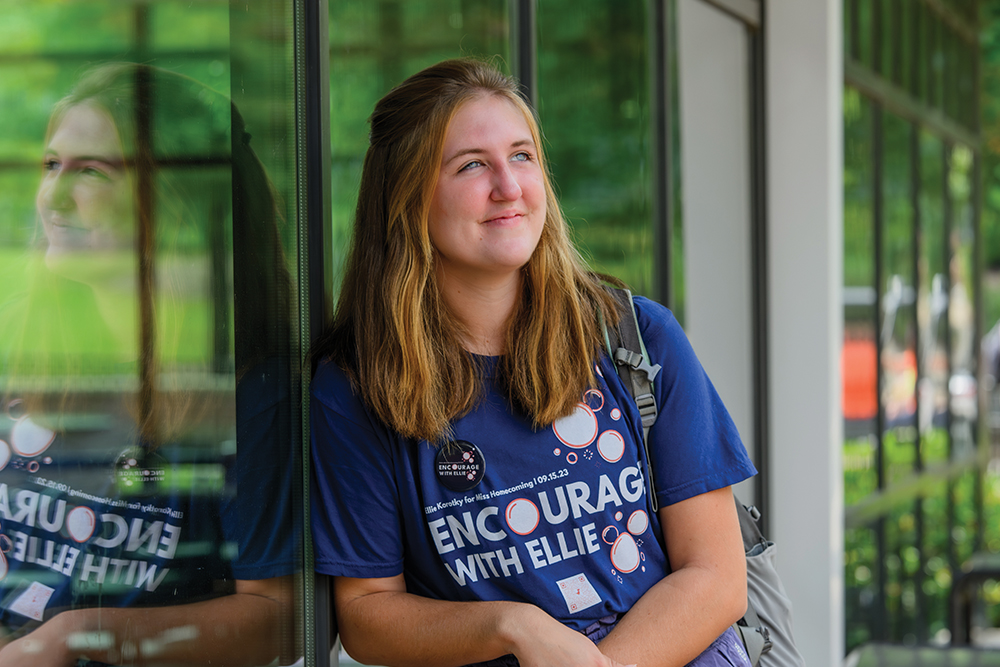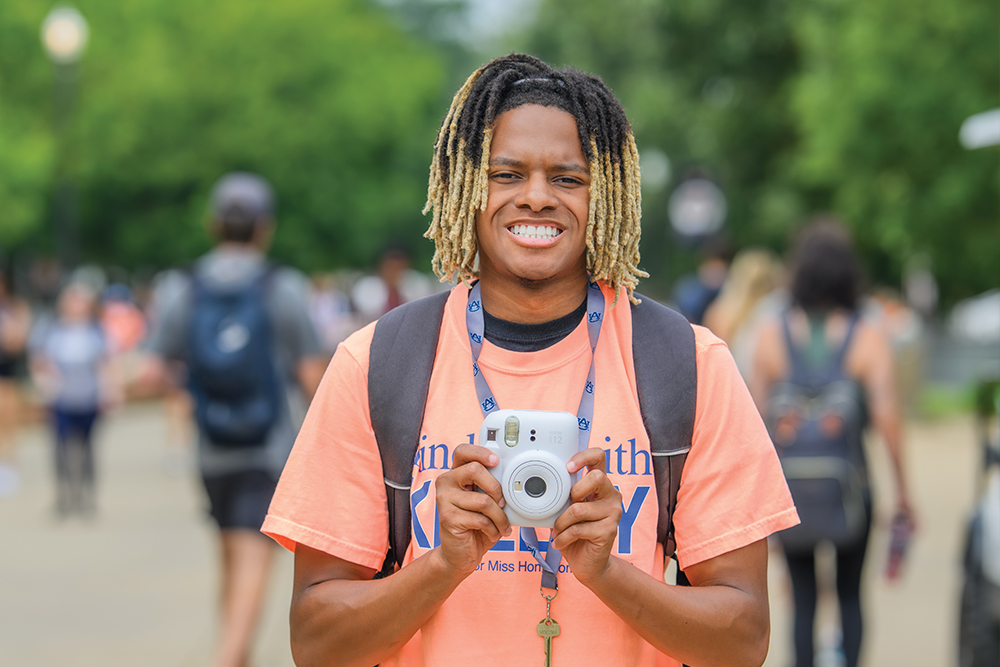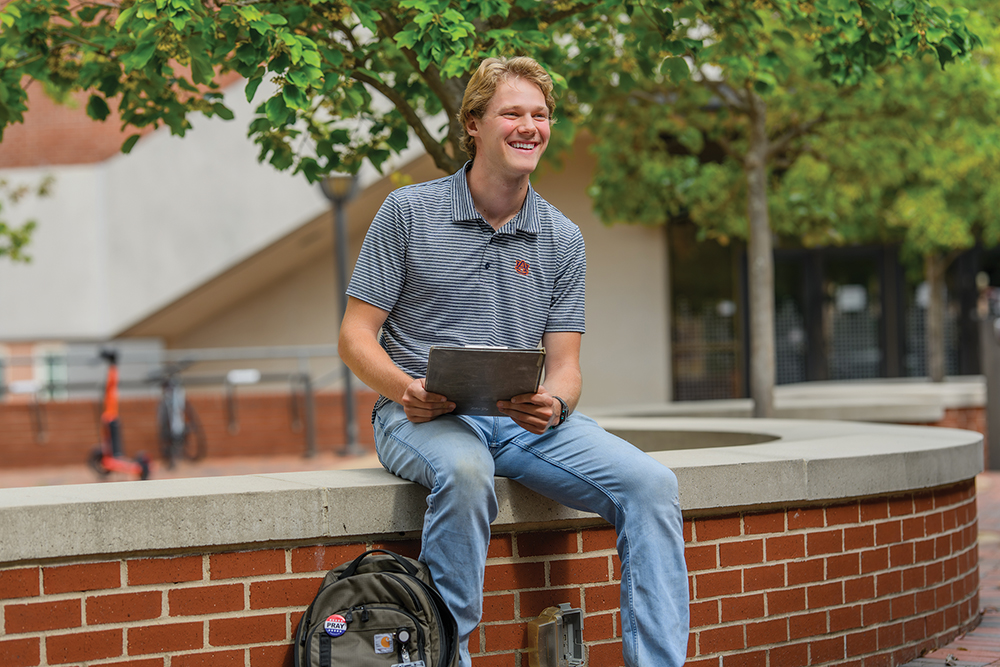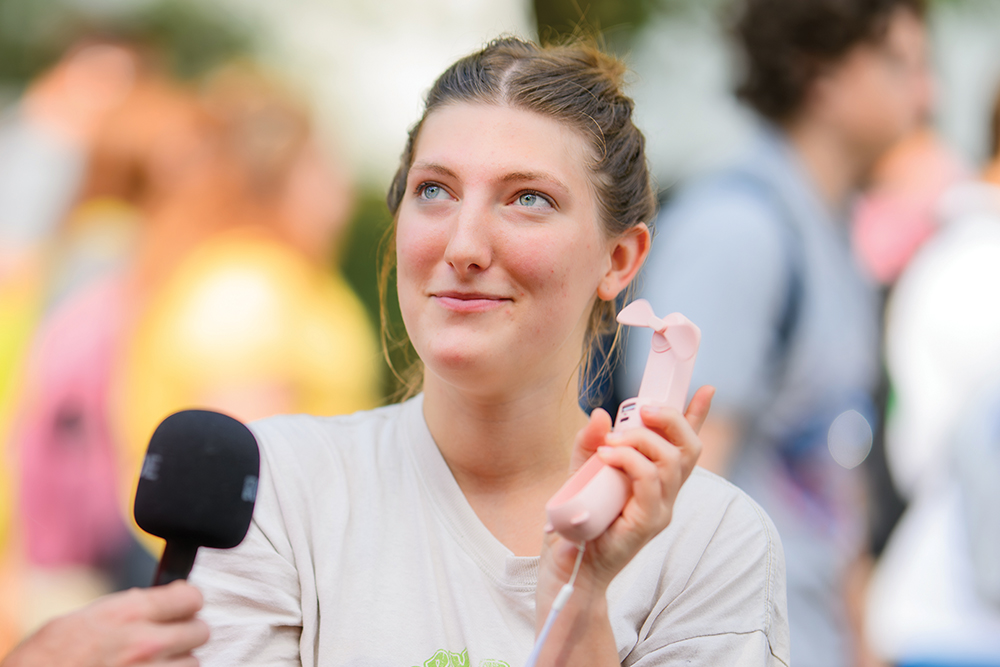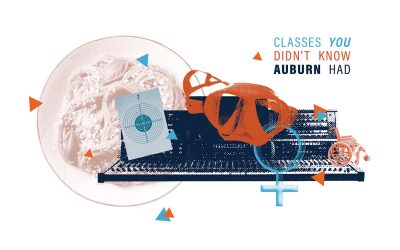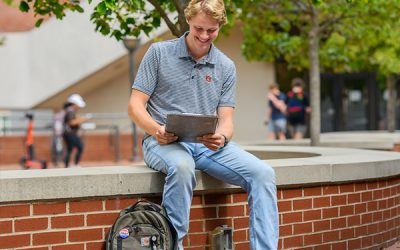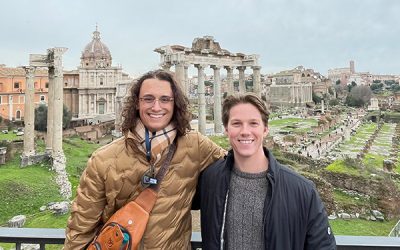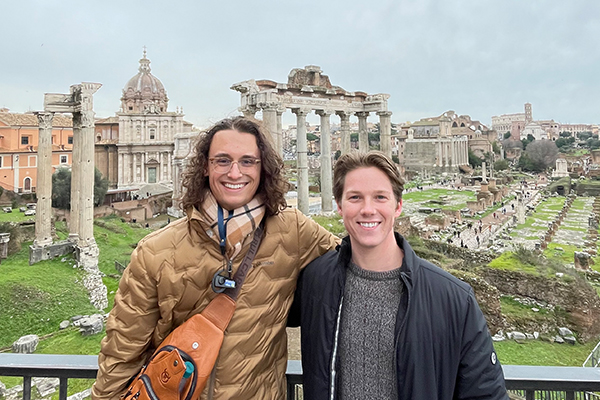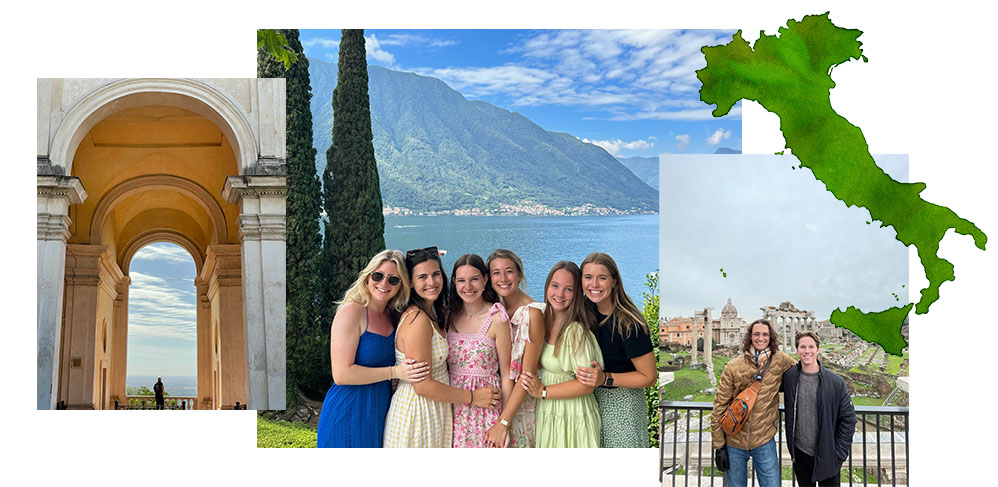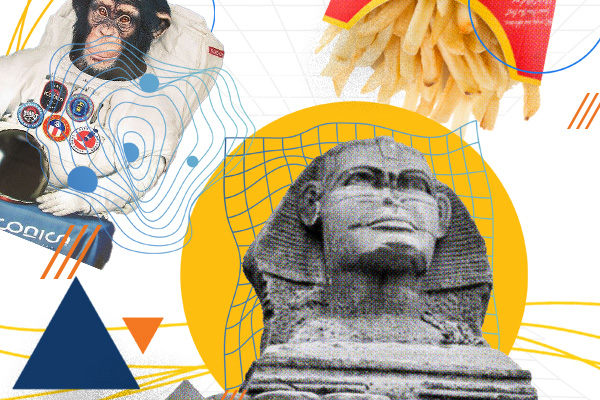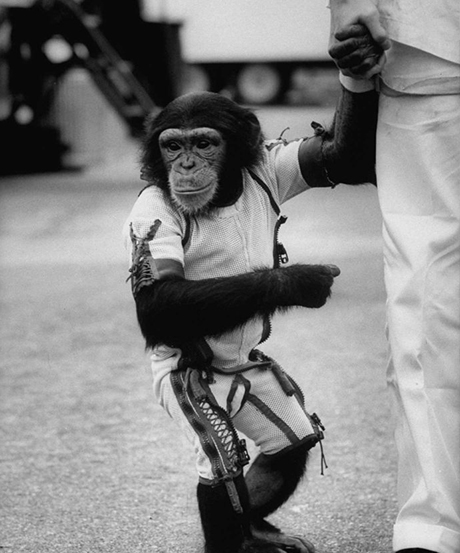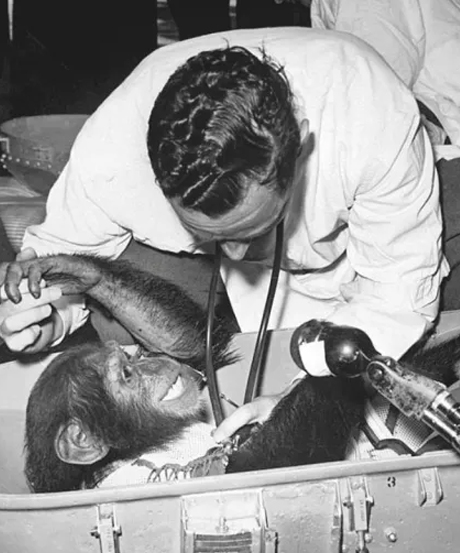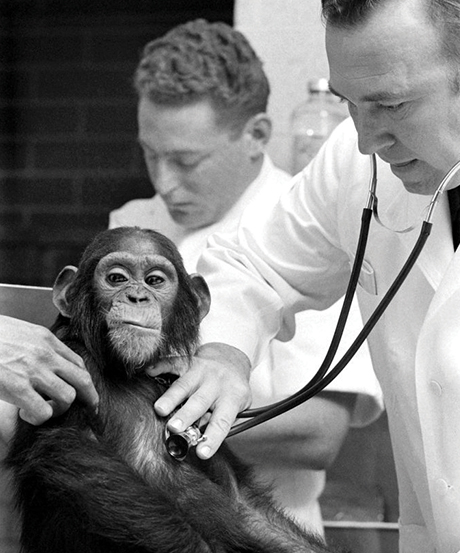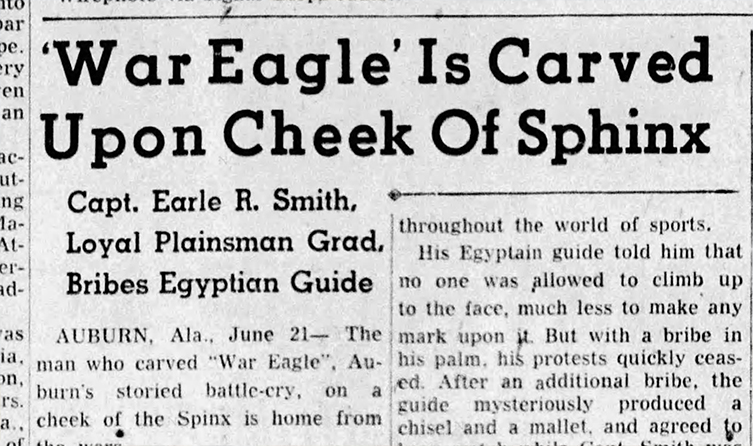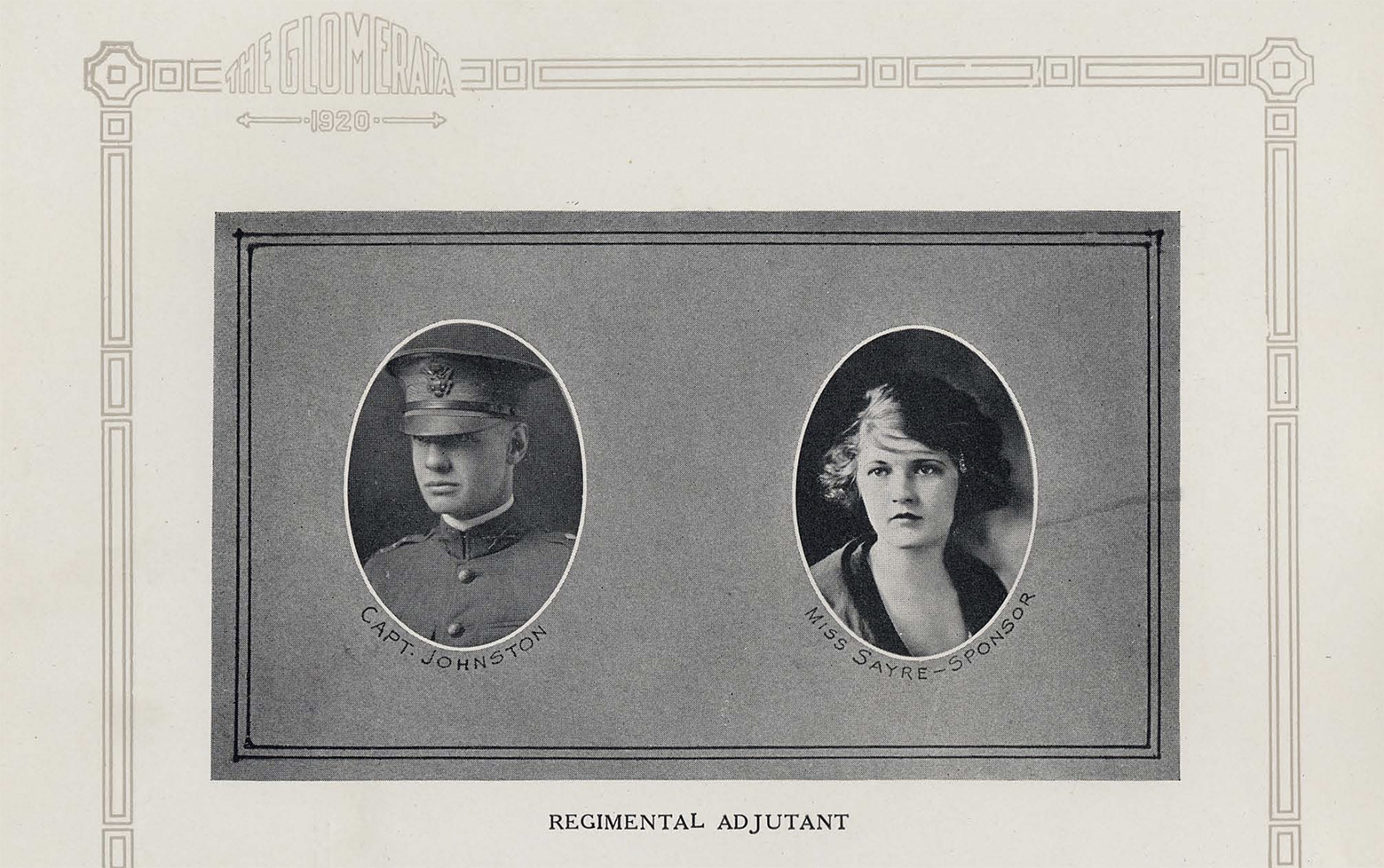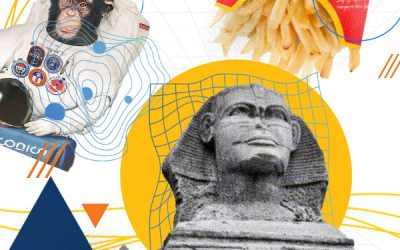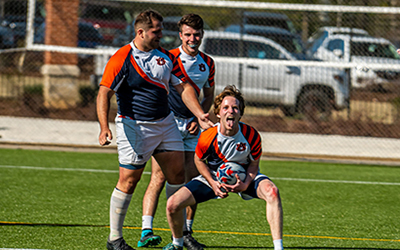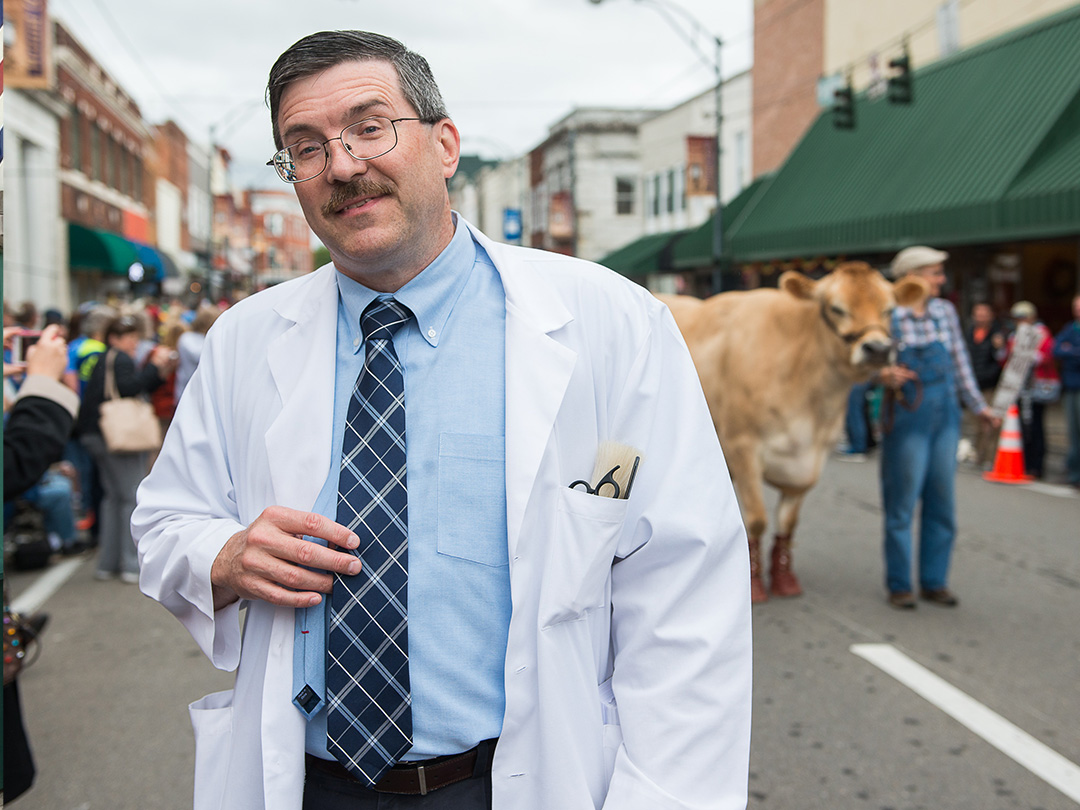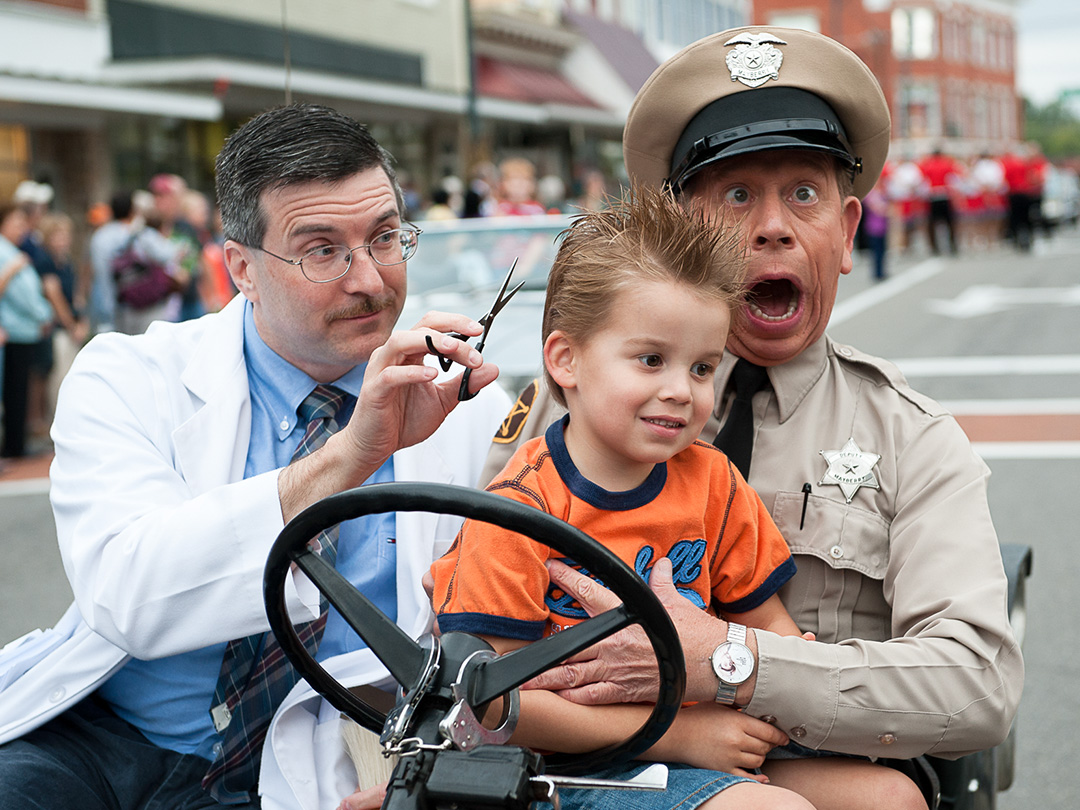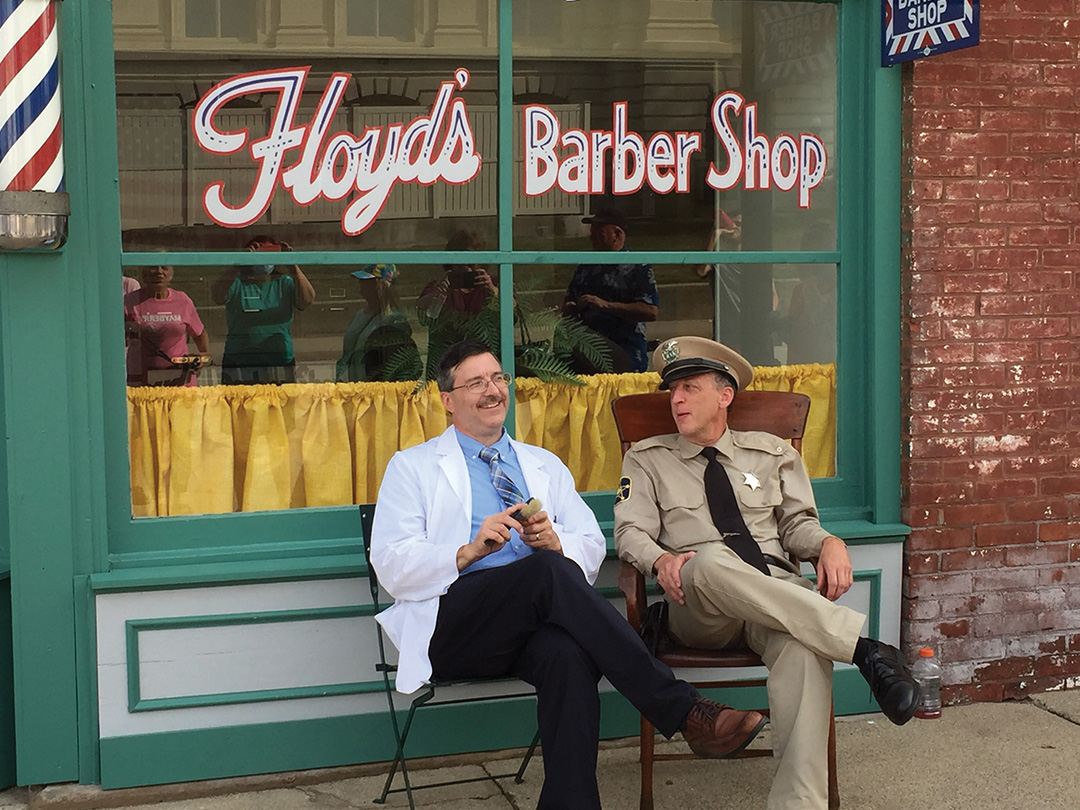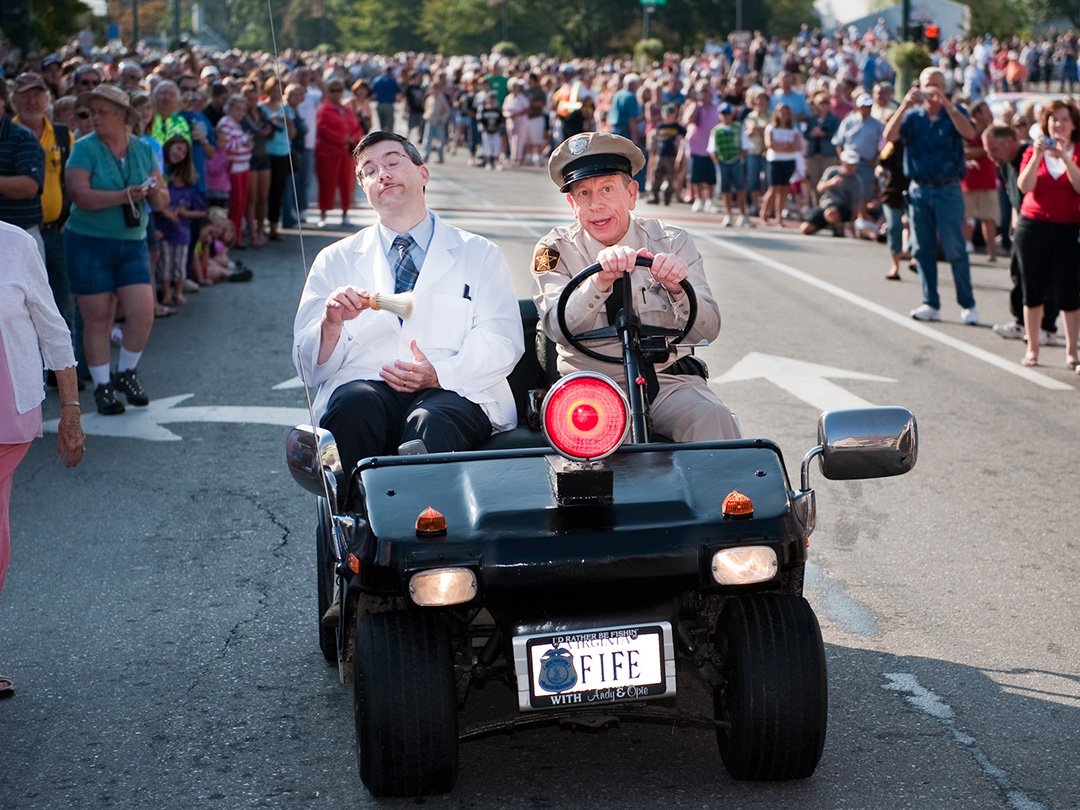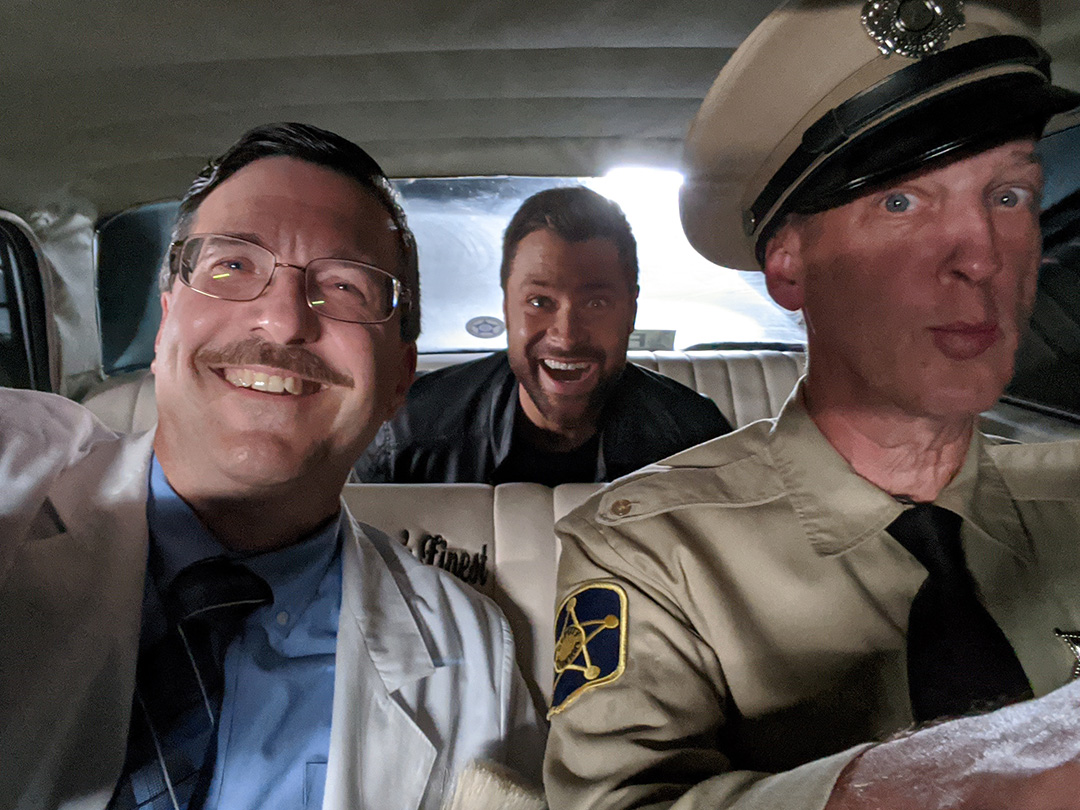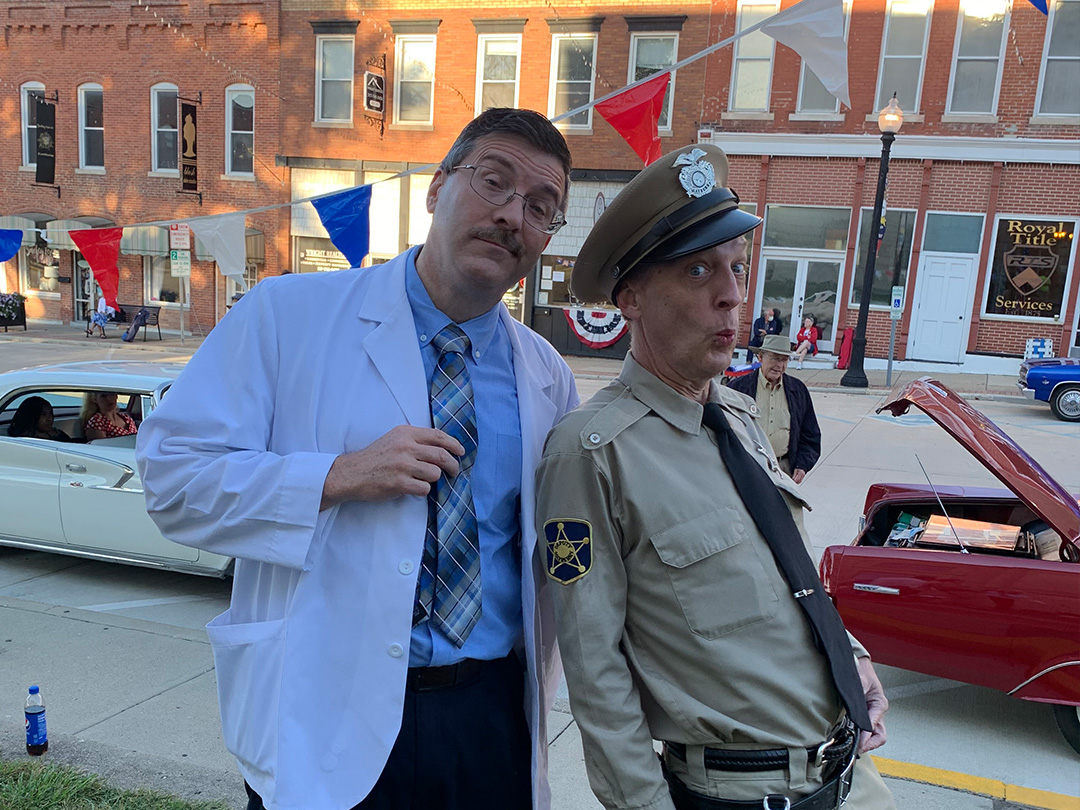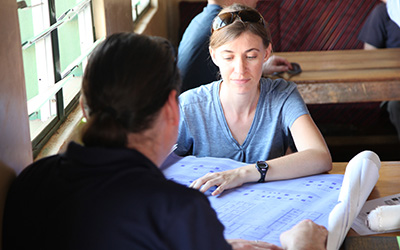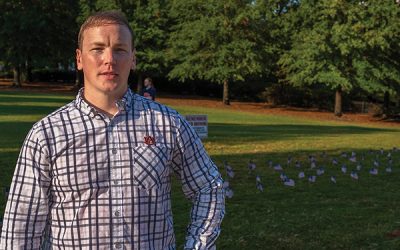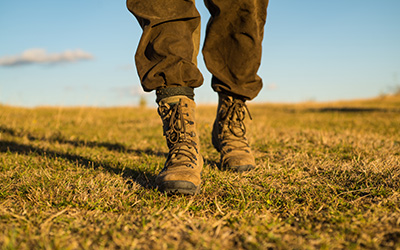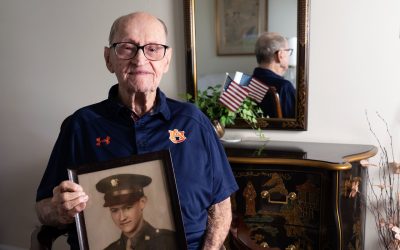Fifty years ago, unsure of his safety, a tall, soft-spoken Black man walked alone across the Auburn campus to register for classes.
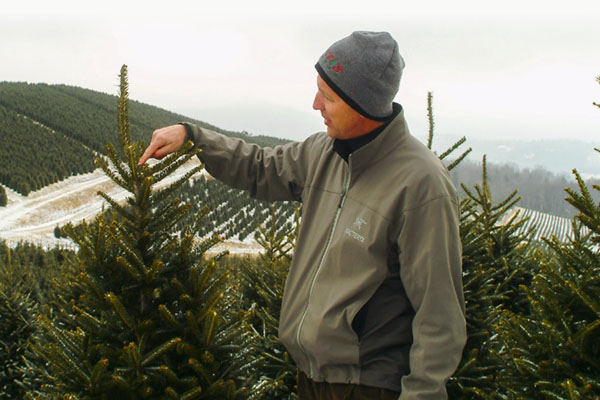
Christmas Tree Triumph
Sam, Jim and Agnes Cartner grow Christmas trees so good they’re putting
one in the White House in 2024.
By Meagan Arnold

The History of the Family Farm
The farm is a family business founded in 1959 by Sam and Margaret Cartner. Since then, they have been providing Christmas trees to stores all over the country. Sam Sr. is still known for changing the Christmas tree industry in the North Carolina mountains.
“He felt like the mountain folks up here needed another cash crop, and he suggested the Fraser fir,” said Agnes. “Everybody thought that would be too difficult, but now you can’t throw a rock in these mountains without hitting a Fraser fir.”
Sam Sr. is recognized in the agriculture industry for bringing in one of the highest quality Christmas trees on the market. But when customers think of the Cartners, they don’t usually think of the industry impact, they think about the personal relationships they have built.
“The Cartner Christmas tree was sold in the Nieman Marcus catalog years and years ago,” said Agnes. “Margaret would hand-box the orders and mail these trees all over the world. She continued to do that [for] these same people for 30 or 40 years after they quit selling them in the catalog.”
Sam, Jim, David and Agnes have taken over managing the farm and have maintained the same values their parents did.
Since retiring as a veterinarian, Sam has taken over the day-to-day operations from his older brother David, who managed the farm for 25 years. Jim is a practicing veterinarian, and when he isn’t at his small animal practice, he and Agnes are involved in the shipping process.
“I tell our next generation we’re not selling Christmas trees,” said Jim. “We’re building relationships.”
The Road to Becoming the White House Christmas Tree
At the NCTA’s, the competition gets tougher. “You not only have to win your category to be the overall chosen tree, but you also have to win against all the other [seven] categories” Sam said.
The best trees are selected from each category to face off in a final round of judging based on rigorous rules. After compiling all the votes, the judges take the two trees with the highest ratings and name them the “Grand Champion Growers” for the next two Christmas seasons. “I’d say we were quite honored and are so proud of this achievement. When I found out, I immediately forwarded that to the brothers, and my oldest brother [David] was ecstatic. I mean he was so excited,” Sam said.
Sam credits their farm manager Ronnie Beam for all his hard work on the farm.
“He’s been with us for 30 years. He’s the one who selected and harvested the winning tree. We call him ‘the Tree Whisperer’.”
Getting Ready to Deliver
The Cartner’s responsibilities surpass providing the White House’s evergreen. They are also in charge of hosting a tree selection ceremony while simultaneously managing their regular Christmas season operations.
“We have to host a reception, and we’re trying to figure out where and how to do that,” Sam said. “There’s going to be a lot of people on the farm while 85 trucks are rolling in and out during the week.”
The tree selection process can be a bit tricky. The guidelines for the final tree are even more specific than the competition rules.
“You have some big trees that you keep randomly. You’re not selecting that 18 years ago. We usually have some requests for big trees to go into country clubs or in town squares, but we don’t specialize in them. It takes a lot of different equipment to manage those trees,” Sam said. The Cartner’s will then choose three to four 18-foot-tall trees that they deem the best. When it’s time to bring the tree to the Blue Room, the White House groundskeeper will travel down to make the final decision.
“Sometimes they don’t even pick from the ones that you’ve picked out,” said Sam. “They’ll go find one they like better. It’s all based on what the groundskeeper wants.”
When the tree is picked, they work with the First Lady’s schedule to have it delivered.
The shipment process of the tree is something unique and more complex than expected. The Cartner’s put a mattress down and gently fasten the tree to it.
“We put the mattress down not necessarily because it was soft, but it protects it from the heat from the road. The most important thing is to protect it from heat and sunlight,” said Sam. “Twenty-four hours after setting the tree up, it’s fluffed out and beautiful.”



Harold Franklin Reflects on Integration 50 Years Later
Auburn Love Stories: How They Met
From blind dates to football games to chance meetings in the classroom, Auburn alums reflect on how they found love and everlasting romance on the Plains.
The Sound of Movie Magic
Postproduction sound designer, Scott Sanders, has been making noise in Hollywood for nearly four decades.

